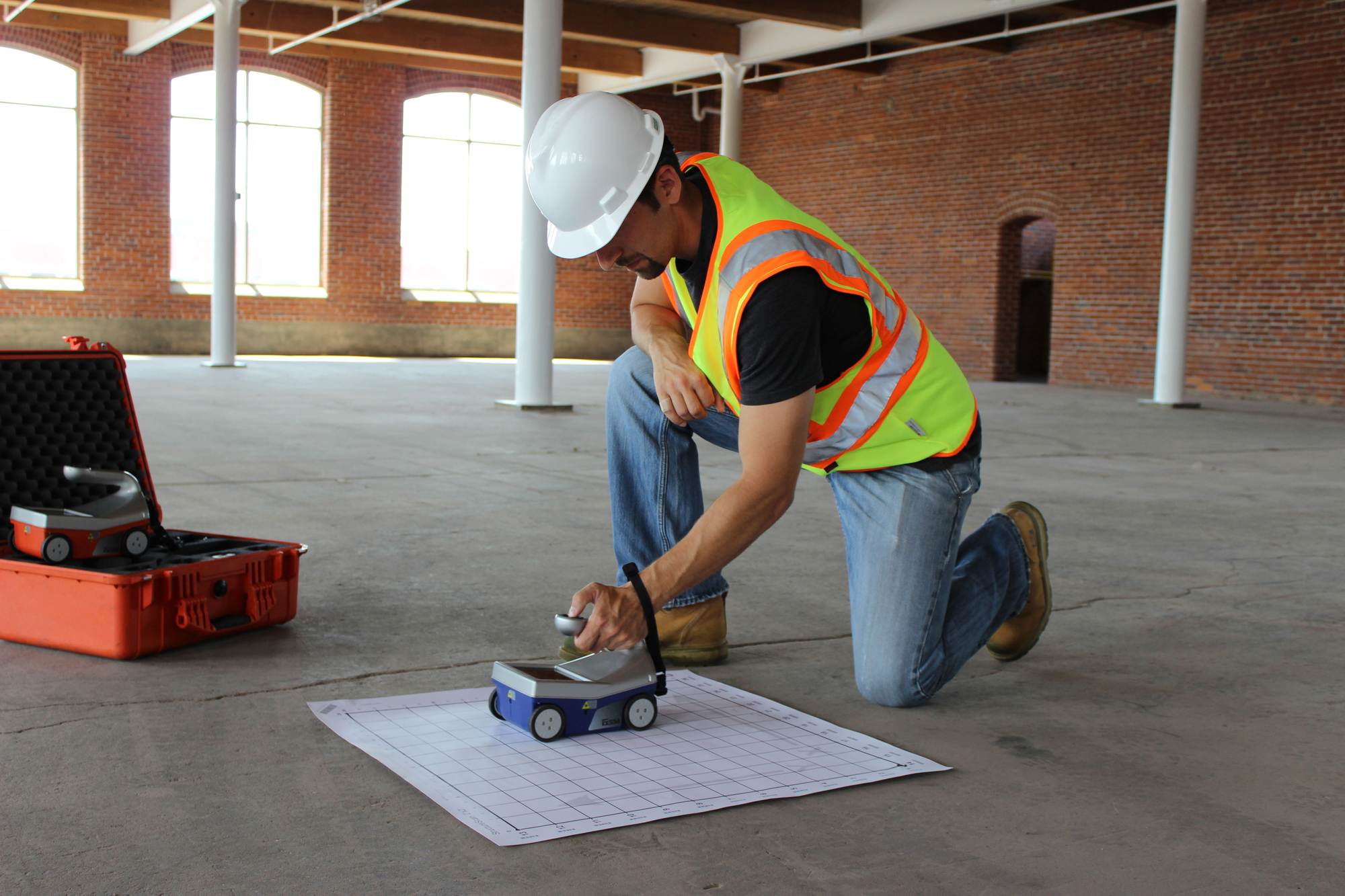Nationwide RainierGPR Service Areas for Advanced Concrete Scanning
Wiki Article
Concrete Scanning: An Important Action Towards Ensuring Structural Stability and Safety
In the world of building and construction and infrastructure maintenance, the significance of concrete scanning can not be overemphasized. This meticulous procedure holds the crucial to unveiling prospective risks hidden under the surface area of apparently solid structures. By employing sophisticated technology and methods, concrete scanning works as a pivotal tool in guaranteeing that the stability and security of bridges and buildings are promoted to the highest possible standards. Nonetheless, beyond its surface-level implications, the function of concrete scanning extends much deeper than meets the eye.Value of Concrete Scanning
Concrete scanning plays an essential function in making certain the architectural integrity and safety and security of structures and facilities projects. By making use of advanced modern technologies such as ground-penetrating radar (GPR) and electro-magnetic induction, professionals can non-destructively check concrete frameworks to detect possible defects, spaces, embedded objects, and support format. This procedure enables very early discovery of abnormalities that might endanger the security of a structure, preventing costly problems and making certain the security of passengers.Before drilling, reducing, or coring into concrete, scanning helps determine the specific places of rebar, post-tension cables, and other embedded elements, decreasing the danger of unintentional hits that can lead to architectural weaknesses. Furthermore, concrete scanning aids in high quality control by validating the density of concrete covers and detecting any disparities that may impact the general toughness of the framework.
Innovation for Concrete Inspection

Advantages of Very Early Discovery
Prompt detection of structural concerns can considerably alleviate threats and ensure the durability of building and construction projects. By identifying prospective issues early on in the construction process, stakeholders can take positive procedures to resolve concerns before they intensify into larger and a lot more pricey troubles. Among the essential advantages of early detection is the prevention of structural failures, which can pose significant safety threats and cause project hold-ups and financial losses.Furthermore, early discovery permits for prompt fixings and upkeep, which can assist prolong the life-span of the framework. By resolving concerns without delay, building teams can prevent expensive repair work and even the demand for early substitute of architectural elements. This proactive approach not just conserves time and review cash but also boosts the general security and durability of the construction task.
Furthermore, early detection can boost job planning and decision-making by giving stakeholders with useful insights into the problem of the structure. Armed with this info, task managers can make enlightened options concerning building and construction materials, approaches, and timelines, bring about much more successful and reliable project results.
Making Sure Structural Security
Ensuring the architectural security of a building and construction job is extremely important to its security and long life. Structural security refers to the capacity of a structure or facilities to preserve its form and feature under ecological conditions and different lots. To achieve this, comprehensive assessment and tracking of the framework are essential. Concrete scanning plays a vital function in ensuring structural security by identifying potential issues such as spaces, delamination, or support corrosion that could jeopardize the stability of the framework in time.By making use of advanced scanning innovations like ground-penetrating radar (GPR) and electromagnetic induction, building experts can non-invasively examine concrete structures to determine areas of issue below the surface. This aggressive method enables the early detection of weaknesses or issues, making it possible for punctual repair services or reinforcement to protect against architectural failings.
Regular concrete scanning during various building and construction stages and throughout the life cycle of a structure can aid preserve its security, mitigate threats, and make sure the security of occupants. By focusing on structural security with concrete scanning, building projects can enhance their resilience and sturdiness, ultimately adding to higher safety and longevity.

Preventing Essential Failings
To safeguard versus disastrous events, thorough tracking and aggressive maintenance are imperative in preventing vital failings within structural structures. Finding potential concerns before they intensify is crucial to avoiding architectural failures. Applying routine assessments, such as concrete scanning, can expose surprise problems like spaces, cracks, or rust that can jeopardize the honesty of a structure. By using innovative scanning technologies like Ground Passing through Radar (GPR) or Concrete X-ray, engineers can non-destructively evaluate the problem helpful resources of concrete and recognize weak points that need support or repair work - RainierGPR Service Areas.
Final Thought
To conclude, concrete scanning plays a critical function in guaranteeing structural integrity and safety by utilizing sophisticated innovation for early detection of potential issues. This proactive method aids stop essential failings and makes certain the security of frameworks. It is vital to focus go to the website on concrete assessment as a common technique to secure the long life and safety and security of structures and framework.Concrete scanning plays a crucial duty in ensuring the architectural honesty and safety and security of structures and facilities projects. In addition, concrete scanning help in high quality control by confirming the thickness of concrete covers and detecting any disparities that might influence the general toughness of the framework. Concrete scanning plays a critical function in guaranteeing structural stability by detecting possible concerns such as gaps, delamination, or support deterioration that might jeopardize the stability of the structure over time.

In conclusion, concrete scanning plays an essential role in making sure architectural honesty and safety and security by utilizing sophisticated innovation for very early discovery of possible concerns.
Report this wiki page